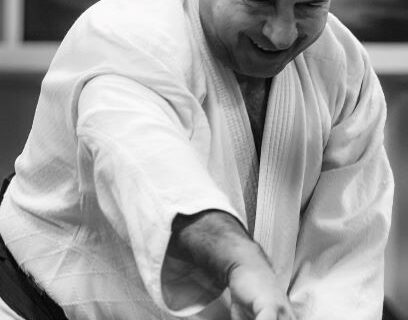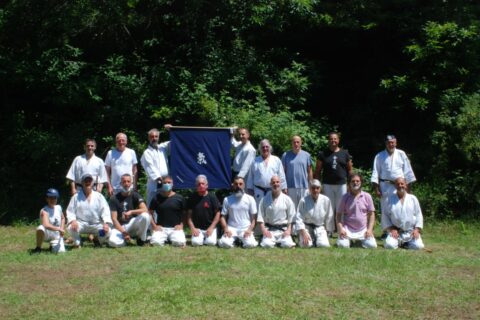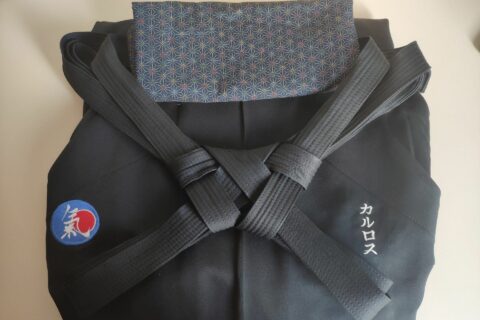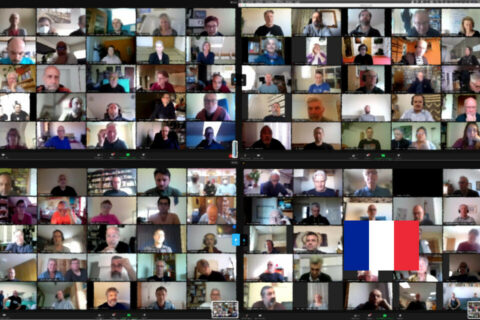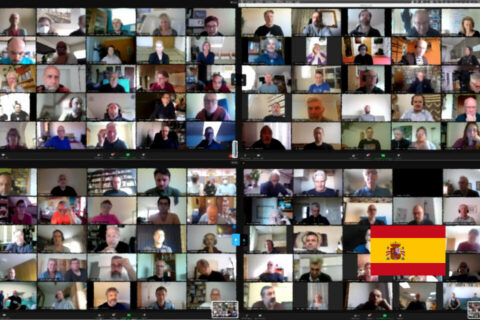In his latest article, Paolo writes about the thorny question of the organization of dojos after the disappearance of the Doshu and cites the seminars at Furusato as an example of training in a certain type of organizational model. «As many students could testify, during the stages at Furusato, practitioners didn’t engage purely in Aikido related activities but even to more manual jobs such as building an oven, cleaning the kitchen, maintaining the garden or the gutters.»
I do not want to dwell further on the theme of organization, but to write on that of identity. Or rather how to correctly and effectively identify the type of Aikido I do. After all, it is a question that I have been asking myself for several years and which obviously in recent weeks I have felt even more urgent. To express my thoughts I want to start from the Furusato.
“Furusato” in Japanese can be translated in several ways. “Old house” first of all and our Furusato actually is not brand new. But also “place of origin” or “hometown”. There is even a traditional children’s song that is called this whose text refers to the latter meaning.
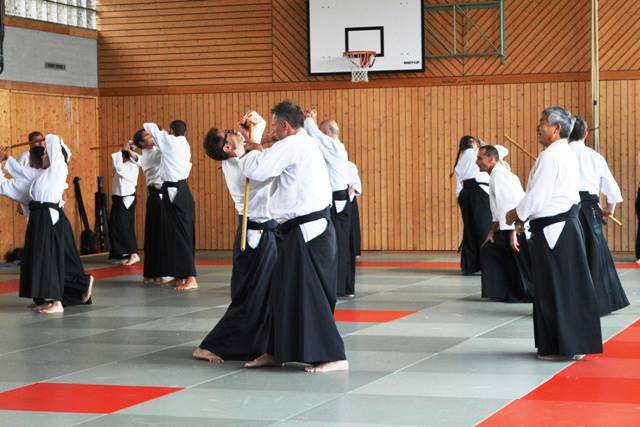
In fact, Sensei declared that he wanted to create a place that recreates the physical dimension of the origins of Aikido (the tatami is small in size, training is alternated with work in the fields such as in Iwama, etc.). But even more a place in which to live in a way that he believed to be “originally” human or not distorted by the Western model of life (and therefore characterized among other things by attention to water consumption, by the limited use technology, from a slightly “softened” internal temperature compared to the external one, etc.).
A way of life similar to that of the countryside in Japan before the modernization of the Second World War, which perhaps he reconstructed in his memories as a child born a few years after the end of the conflict.
I do not want to tell my experience at the Furusato and I state that more than something at the time did not convince me, but I was struck by the meaning that Sensei had given to the place and by the spirit that had animated it in building it. Even more, Furusato, strongly expressing a way of life in which the Doshu claimed to firmly believe, urged me to ask myself: «And how do I live? How do I really think it is right to live? “
I believe that the same reasoning can be done for Aikido.
Today our Doshu is no longer there. Over the years, his Way had become something absolutely personal, distant both from Aikido, but also, albeit to a lesser extent, from the Ki-Aikido from which he came. Original indeed.
My nature would like to describe Master Yoshigasaki’s school on a Wikipedia page in a similar way, for example, to Progressive Metal: «Progressive metal is a broad fusion music genre melding heavy metal and progressive rock, combining the loud “aggression” and amplified guitar-driven sound of the former with the more experimental, cerebral or “pseudo-classical” compositions of the latter.» A few lines in which to recognize easily a collective artistic identity.

Unfortunately, I believe this is not possible in our case. Over time, in fact, Master Yoshigasaki has developed different theories that have alternated or integrated with each other, but I find it difficult to give a systematic and homogeneous description of his thought.
For this reason, over the years I have realized that teaching trying to faithfully follow the theoretical or philosophical path of the Doshu was really not very effective from the didactic point of view. I do not know how many people speak with conviction, for example, of the mathematics of lines or in general can fully embrace Sensei’s approach.
And what he said during the last seminar in Novara testifies that it is not even what he wanted or wanted for the future.
The Doshu has left us an apparently wide perimeter in which to move, delimited by two simple concepts: love and respect. Words that can mean everything and nothing, but that can be discovered as concrete principles of practice and life.
Today more than ever I believe that each of us must return to his own ideal Furusato to find the reasons that lead him to want to do an Aikido truly based on the principles of love and respect and consequently find his own way within those borders.
For this purpose it will be useful and important to continue to observe his movements in the videos, to read and listen to his words trying to grasp the meaning of both. In fact, I believe that Doshu over the years has offered us different theoretical perspectives precisely to allow each of us to find our own. As he always said in Novara: “I didn’t do my Aikido, I did yours.”
Sensei wanted to dedicate the next ten years of his life to helping us develop our Aikido. The disease prevented him, we will have to make the leap alone.
My teacher, Beppe, used to say that “you never work as well as when you are actually yourself.” And then, that “you understand who you are and what you really want only when you are alone.” At least for this purpose, I believe that the period of forced loneliness we are experiencing can be useful.
If I look at my history and think about what I was looking for when I started practicing, first of all, a greater mindfulness in the things I did, a better awareness of my body and in general greater personal solidity come to mind. But above all, the possibility of resolving conflicts without bullying or being bullied and learning to be free from external conditioning.
Here, I would like these to be the characterizing traits of my personal Aikido development path. And this is what I would like to pass on to others.
The beginners of the future will not be conquered by the Aikido brand, Tohei’s Ki-Aikido, Yoshigasaki’s Ki-Aikido or who knows what else. If they continue to attend the dojo after the first lessons, it will be because they will remain convinced by the instructor, by his way of teaching and forming a group and by the group of other students. After all, this has always been the case and always will be.
Unfortunately, being original often means being very lonely. But loneliness from being beneficial can become unproductive and harmful: there is the risk of withering or dying out.
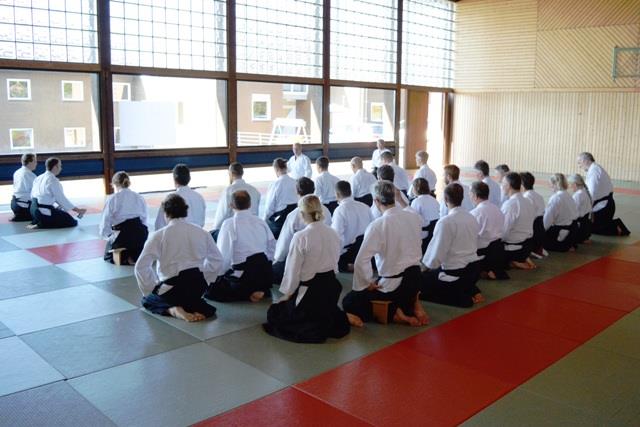
Until February 12 this year, the element was in fact represented by the teaching and directives of a single person. Today the international community of dojos that recognize themselves in the teaching of Master Yoshigasaki will have to re-establish their ties on new foundations because the moments of sharing and honest confrontation between different groups will become an essential tool for personal growth for the individual.And then the question of organization actually becomes crucial.
Anyway I’m sure we will be able to find the better way to do it.
